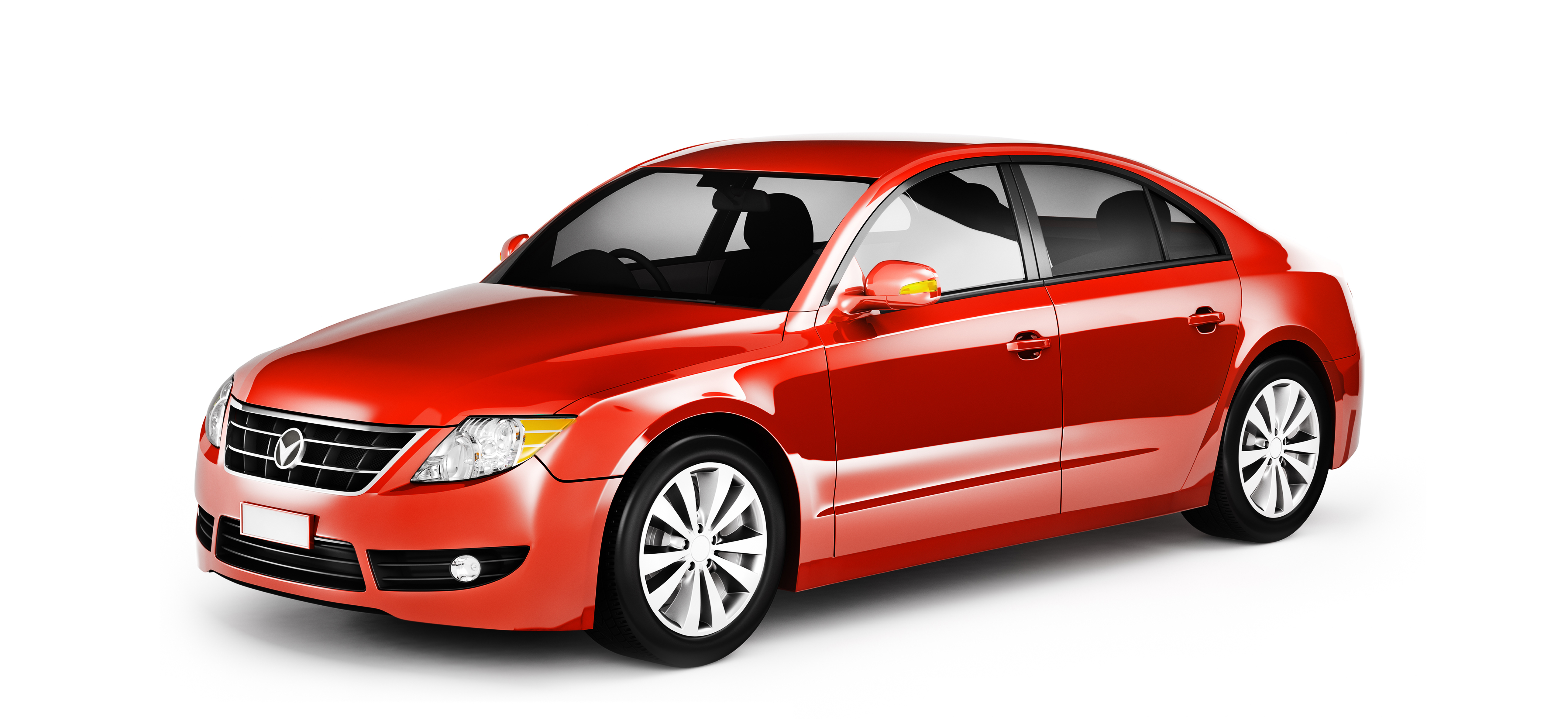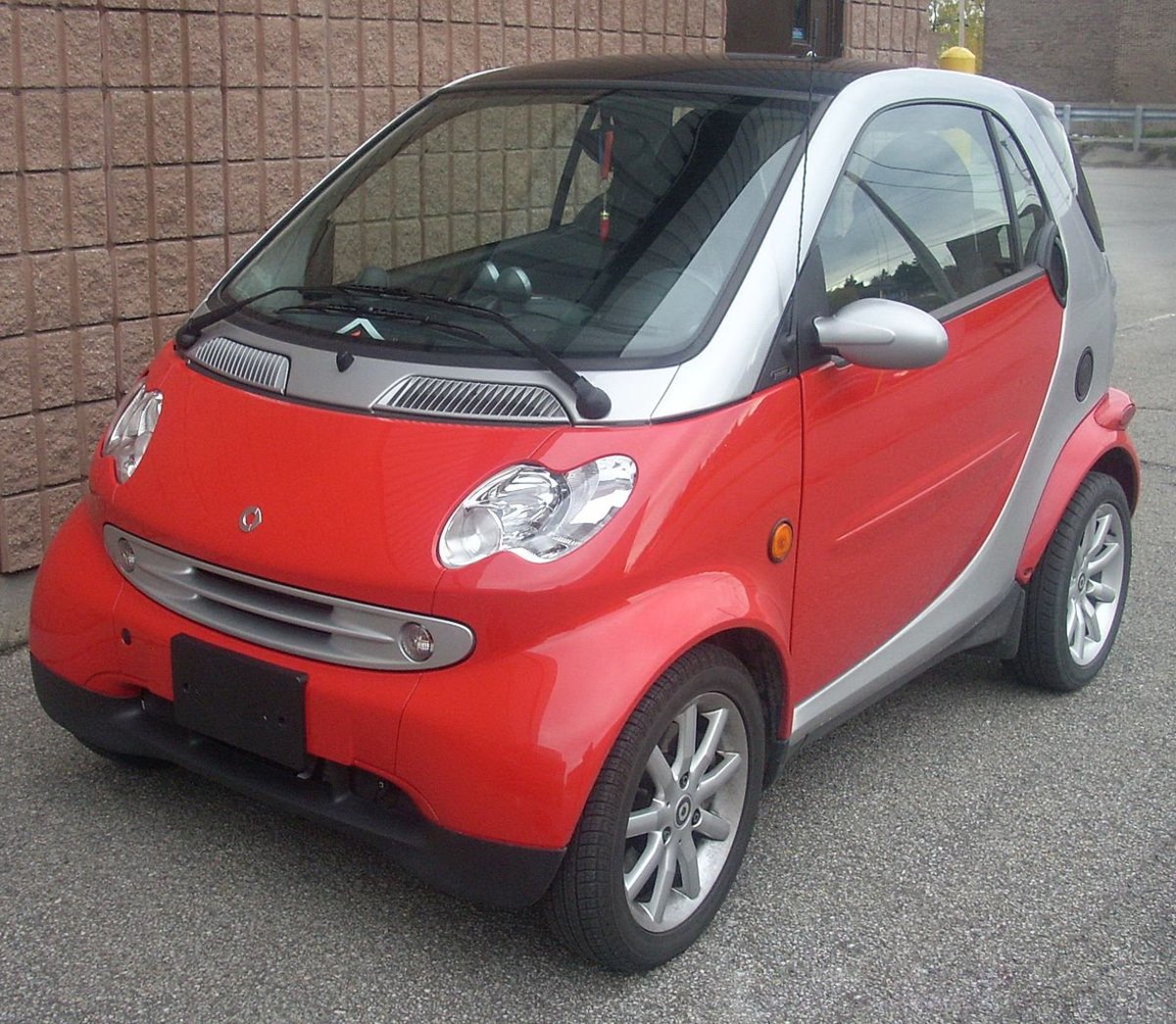How To Choose The Perfect Personal Car
A personal car is a noun that refers to a motor vehicle intended for private use rather than commercial transportation. A common example is a sedan.
Personal cars are significant in modern society, allowing individuals and families convenient and private transportation. They provide flexibility, enhance mobility, and facilitate daily activities. A critical historical development was the mass production of automobiles in the early 20th century, making personal cars more accessible.
This article will explore the evolution of personal cars, their impact on society, and the emerging technologies that are shaping the future of personal transportation.
- Who Are Pharrell Williams Parents Meet Pharoah
- Who Is Austin Hahn Indiana Man Apprehended
- Noah Lalonde Siblings Meet His Sister Emma
- Ibrahim Chappelle Might Be Funnier Than His
- Astrology Birth Chart Of Matthew Sturniolo Tiktok
Personal Car
The concept of a personal car encompasses various essential aspects, each contributing to its significance and role in modern society.
- Transportation: Primary mode of private transport.
- Convenience: Provides flexibility and ease of movement.
- Comfort: Designed for passenger comfort and well-being.
- Status Symbol: Reflects personal style and social standing.
- Economic Indicator: Sales and production reflect economic trends.
- Technological Advancement: Platform for innovation and engineering progress.
- Environmental Impact: Considers sustainability and emissions.
- Safety Features: Prioritizes passenger protection and accident prevention.
- Cultural Icon: Embedded in popular culture and media.
These aspects are interconnected and contribute to the overall importance of personal cars. They facilitate daily commutes, enhance personal mobility, and serve as a reflection of individual preferences and societal norms. As technology continues to advance, personal cars will undoubtedly undergo further evolution, shaping the future of transportation.
Transportation
The significance of "Transportation: Primary mode of private transport." lies in its inextricable link to the concept of "personal car." The personal car has emerged as the dominant mode of private transport, fulfilling the fundamental need for convenient and flexible mobility. This connection is evident in several key aspects:
- French Montana Says Max B Might Be
- Tim Sebastian Married Spouse Marital Life Relationship
- Bundun Youtube Star Detailed Bio Age Birthday
- Who Is Kevin Bacon S Son Travis
- Chuck Todd And Wife Kristian Todd Married
Firstly, the personal car's design and features are tailored to meet the specific demands of private transportation. Its compact size, maneuverability, and comfort-oriented interiors make it well-suited for individual commutes and family outings. The availability of various car models, from sedans to SUVs, caters to diverse preferences and lifestyles.
Secondly, the widespread adoption of personal cars has transformed urban planning and infrastructure. Cities and towns have developed extensive road networks and parking facilities to accommodate the increasing number of vehicles. This infrastructure enables seamless movement of people and goods, supporting economic activities and social interactions.
In conclusion, the connection between "Transportation: Primary mode of private transport." and "personal car" is a mutually reinforcing relationship. The personal car's suitability for private transport has led to its widespread adoption, while the growth in car ownership has shaped urban environments and transportation systems. Understanding this connection is crucial for policymakers, urban planners, and transportation experts to address challenges and plan for the future of mobility.
Convenience
The connection between "Convenience: Provides flexibility and ease of movement." and "personal car" is a fundamental one. Personal cars offer unparalleled convenience, empowering individuals with the freedom to travel whenever and wherever they need, without relying on public transportation or ride-sharing services. This flexibility and ease of movement are achieved through several key aspects:
Firstly, personal cars provide a sense of independence and control over one's schedule. Individuals can plan their trips, adjust their routes, and make spontaneous decisions without being constrained by external factors. This autonomy is particularly valuable in situations where time is of the essence or when specific destinations need to be reached. Moreover, personal cars allow for door-to-door service, eliminating the need for additional transfers or walking distances, which can be especially convenient for families with young children or individuals with limited mobility.
Secondly, personal cars offer a level of privacy and comfort that is unmatched by public transportation. Individuals can travel in their own space, listen to their preferred music, and adjust the temperature and seating to their liking. This privacy is particularly important for confidential conversations, personal errands, or simply enjoying a peaceful commute. Additionally, personal cars provide a sense of security and protection, especially when traveling alone or in unfamiliar areas.
In conclusion, the convenience provided by personal cars is a crucial factor contributing to their widespread adoption and enduring popularity. The flexibility, ease of movement, privacy, and comfort offered by personal cars empower individuals to lead more efficient, productive, and fulfilling lives. Understanding this connection is essential for policymakers, urban planners, and transportation experts to create transportation systems that meet the evolving needs of society.
Comfort
The connection between "Comfort: Designed for passenger comfort and well-being." and "personal car" is evident in the very purpose and design of personal cars. Comfort plays a crucial role in enhancing the overall experience of driving and riding in a personal car, contributing to several key aspects:
Firstly, personal cars are designed to provide a comfortable seating position for passengers. Adjustable seats, lumbar support, and ergonomic designs ensure proper posture and reduce fatigue during long journeys. Additionally, ample legroom and headroom allow passengers to stretch out and relax, making the ride more enjoyable.
Secondly, personal cars incorporate features that enhance the comfort of the interior environment. Climate control systems maintain a desired temperature, while soundproofing materials minimize noise and vibrations. Advanced suspension systems absorb shocks and bumps, resulting in a smooth and comfortable ride. Moreover, personal cars often come equipped with entertainment systems, such as audio systems and DVD players, to provide entertainment and relaxation during the journey.
The understanding of the connection between "Comfort: Designed for passenger comfort and well-being." and "personal car" has practical applications in various fields. For instance, it guides automotive manufacturers in designing and developing cars that meet the evolving needs and expectations of consumers. Additionally, it informs policymakers and urban planners in creating transportation systems that prioritize passenger comfort and well-being. Furthermore, this understanding can empower consumers to make informed decisions when choosing a personal car that best suits their needs and preferences.
Status Symbol
The connection between "Status Symbol: Reflects personal style and social standing." and "personal car" is a complex and multifaceted one. Personal cars have long been associated with social status, serving as potent symbols of an individual's wealth, success, and position in society. This connection stems from several key factors:
Firstly, personal cars are often seen as an expression of personal style and taste. The type of car one drives, its design, and its features can convey messages about an individual's personality, values, and aspirations. For example, a sleek sports car might be seen as a symbol of speed and excitement, while a luxurious sedan might be seen as a symbol of wealth and sophistication. Additionally, personal cars can be customized with accessories and modifications to reflect the owner's unique style and preferences.
Secondly, personal cars are often used to communicate social status. The make, model, and age of a car can provide cues about an individual's financial resources and social standing. In some cultures, owning a certain type of car is seen as a mark of success and achievement. For example, in many countries, owning a luxury car is associated with high social status and wealth.
The understanding of the connection between "Status Symbol: Reflects personal style and social standing." and "personal car" has practical applications in various fields. For instance, it guides automotive manufacturers in designing and marketing cars that appeal to specific target markets. Additionally, it informs policymakers and urban planners in creating transportation systems that consider the social and cultural significance of personal cars. Furthermore, this understanding can empower consumers to make informed decisions when choosing a personal car that best suits their needs and aspirations.
In summary, the connection between "Status Symbol: Reflects personal style and social standing." and "personal car" is a powerful one, reflecting the complex interplay between personal identity, social norms, and material possessions. Understanding this connection provides valuable insights into consumer behavior, social stratification, and the role of personal cars in modern society.
Economic Indicator
The connection between "Economic Indicator: Sales and production reflect economic trends." and "personal car" is a well-established one, reflecting the close relationship between the automotive industry and the overall economy. Personal cars serve as a barometer of economic health, with their sales and production levels providing valuable insights into consumer confidence, disposable income, and broader economic trends.
During periods of economic growth, personal car sales typically increase as consumers have more disposable income to spend on big-ticket items. Conversely, during economic downturns, personal car sales often decline as consumers tighten their spending and delay major purchases. This relationship is evident in historical data, which shows a strong correlation between personal car sales and GDP growth rates. For example, during the Great Recession of 2008-2009, personal car sales in the United States plummeted by over 20%, reflecting the severe economic downturn.
The understanding of this connection has practical applications in various fields. For instance, economists use personal car sales data to forecast economic trends and make informed policy decisions. Additionally, businesses use this understanding to plan their production and marketing strategies. For example, automakers may increase production during periods of economic growth to meet rising demand, while reducing production during economic downturns. Consumers can also benefit from this understanding by making informed decisions about their personal car purchases.
In summary, the connection between "Economic Indicator: Sales and production reflect economic trends." and "personal car" is a significant one, reflecting the close relationship between the automotive industry and the overall economy. Understanding this connection provides valuable insights for economists, businesses, and consumers alike.
Technological Advancement
The connection between "Technological Advancement: Platform for innovation and engineering progress." and "personal car" is a profound and multifaceted one. Personal cars have long served as a catalyst for innovation and a testing ground for cutting-edge technologies. This relationship has been mutually beneficial, driving advancements in both the automotive industry and broader technological fields.
As a platform for innovation, personal cars have played a critical role in the development of new technologies, many of which have found applications beyond the automotive sector. For instance, the development of electronic fuel injection systems in the 1980s led to improved engine efficiency and reduced emissions. These systems have since been adopted in various industries, including aerospace and manufacturing. Similarly, the development of anti-lock braking systems (ABS) in the 1970s has not only enhanced safety in personal cars but has also been implemented in aircraft and trains.
Understanding this connection has practical applications in various fields. For instance, it guides automotive manufacturers in their research and development efforts, as they seek to incorporate the latest technologies into their vehicles. Additionally, it informs policymakers in creating regulations that promote innovation and safety in the automotive industry. Furthermore, this understanding can empower consumers to make informed decisions when choosing a personal car that meets their needs and preferences.
In summary, the connection between "Technological Advancement: Platform for innovation and engineering progress." and "personal car" is a symbiotic one, driving advancements in both the automotive industry and broader technological fields. Understanding this connection provides valuable insights for automotive manufacturers, policymakers, and consumers alike.
Environmental Impact
The connection between "Environmental Impact: Considers sustainability and emissions." and "personal car" is a critical one, as personal cars are a major contributor to air pollution and greenhouse gas emissions. The combustion of fossil fuels in car engines releases harmful pollutants, such as carbon monoxide, nitrogen oxides, and particulate matter, which can have adverse effects on human health and the environment. Additionally, the production and disposal of personal cars also contribute to environmental impacts, such as resource depletion and waste generation.
In recent years, there has been a growing awareness of the environmental impact of personal cars, leading to increased demand for more sustainable and environmentally friendly vehicles. As a result, automakers are investing heavily in the development of electric vehicles, hybrid vehicles, and other fuel-efficient technologies. Additionally, governments are implementing regulations to reduce emissions from personal cars, such as fuel economy standards and emissions standards.
The understanding of the connection between "Environmental Impact: Considers sustainability and emissions." and "personal car" has practical applications in various fields. For instance, it guides automotive manufacturers in their research and development efforts, as they seek to develop more sustainable and environmentally friendly vehicles. Additionally, it informs policymakers in creating regulations that promote sustainability and reduce emissions in the automotive industry. Furthermore, this understanding can empower consumers to make informed decisions when choosing a personal car that meets their needs while minimizing their environmental impact.
In summary, the connection between "Environmental Impact: Considers sustainability and emissions." and "personal car" is a critical one, with important implications for human health, the environment, and the automotive industry. Understanding this connection provides valuable insights for automotive manufacturers, policymakers, and consumers alike, and can help to promote a more sustainable and environmentally friendly transportation system.
Safety Features
In the realm of personal cars, safety features play a paramount role in safeguarding passengers and mitigating the risks associated with driving. These features encompass a range of components and technologies designed to enhance protection in the event of a collision or other hazardous situations.
- Seatbelts: Essential passive safety devices that restrain occupants during a collision, reducing the risk of severe injuries or fatalities.
- Airbags: Rapidly inflating cushions that deploy upon impact to provide additional protection for the head, chest, and abdomen.
- Anti-lock Braking Systems (ABS): Prevent wheel lock-up during braking, allowing drivers to maintain control and stability, especially in slippery conditions.
- Electronic Stability Control (ESC): Monitors vehicle stability and applies brakes individually to prevent skidding and rollovers.
By incorporating these and other advanced safety features, personal cars have become significantly safer over the years. These features contribute to reducing the severity of accidents, preventing injuries, and saving lives. As technology continues to evolve, we can expect further advancements in safety systems, making personal cars even more protective and reliable.
Cultural Icon
The connection between "Cultural Icon: Embedded in Popular Culture and Media." and "personal car" is a fascinating and multifaceted one. Personal cars have become deeply ingrained in our popular culture and media, serving as powerful symbols and objects of fascination.
One of the key reasons for this connection is the personal car's role in shaping our daily lives. Cars provide us with freedom, mobility, and independence, allowing us to travel, explore, and connect with others. This transformative impact has made cars an integral part of our cultural landscape, reflected in countless movies, TV shows, songs, and works of art.
Real-life examples of the cultural icon status of personal cars abound. The Ford Mustang, for instance, has been featured in numerous films and television shows, becoming synonymous with American muscle cars and freedom. Similarly, the Volkswagen Beetle has achieved iconic status as a symbol of counterculture and individuality. The enduring popularity of these and other car models demonstrates the deep connection between personal cars and our cultural consciousness.
Understanding this connection has practical applications in various fields. For instance, it guides marketing and advertising campaigns, as companies leverage the cultural significance of cars to promote their products. Additionally, it informs urban planning and transportation policies, as policymakers consider the cultural and social implications of car ownership and usage. Furthermore, this understanding can empower consumers to make informed decisions about their personal car purchases, considering both practical and cultural factors.
In exploring the multifaceted world of "personal cars," we have gained valuable insights into their profound impact on society, technology, and culture. Key ideas that have emerged include the personal car's significance as a primary mode of private transportation, its role as a status symbol and economic indicator, and its platform for technological advancement and safety innovation. These interconnected aspects highlight the complex and evolving nature of personal cars.
The future of personal cars remains uncertain but. As we navigate the challenges of environmental sustainability, technological disruption, and evolving societal needs, the personal car will undoubtedly continue to adapt. Whether it is through the adoption of electric vehicles, the integration of autonomous driving features, or the development of entirely new forms of personal mobility, the future of personal cars holds the potential to transform our lives in ways we can only imagine.
- Xochitl Gomez Siblings Does She Have Any
- Liz Cheney Husband Children Age Net Worth
- Ibrahim Chappelle Might Be Funnier Than His
- Casey Burke Bio Age Wiki Facts And
- November 14 Zodiac Horoscope Birthday Personality

Max Verstappen's Incredible Private Car Collection!

Top 10 Personal Auto Insurers and Today’s Market A.M. Best

The Advantages and Disadvantages of Small Cars AxleAddict